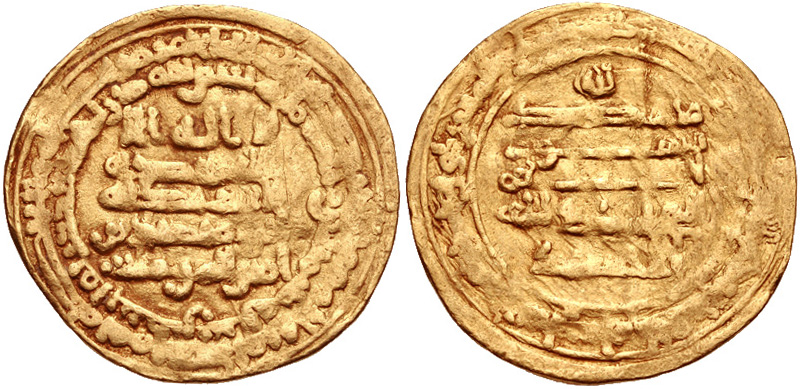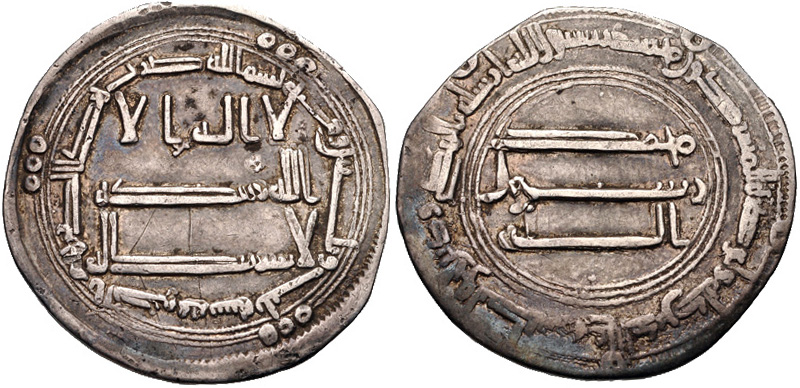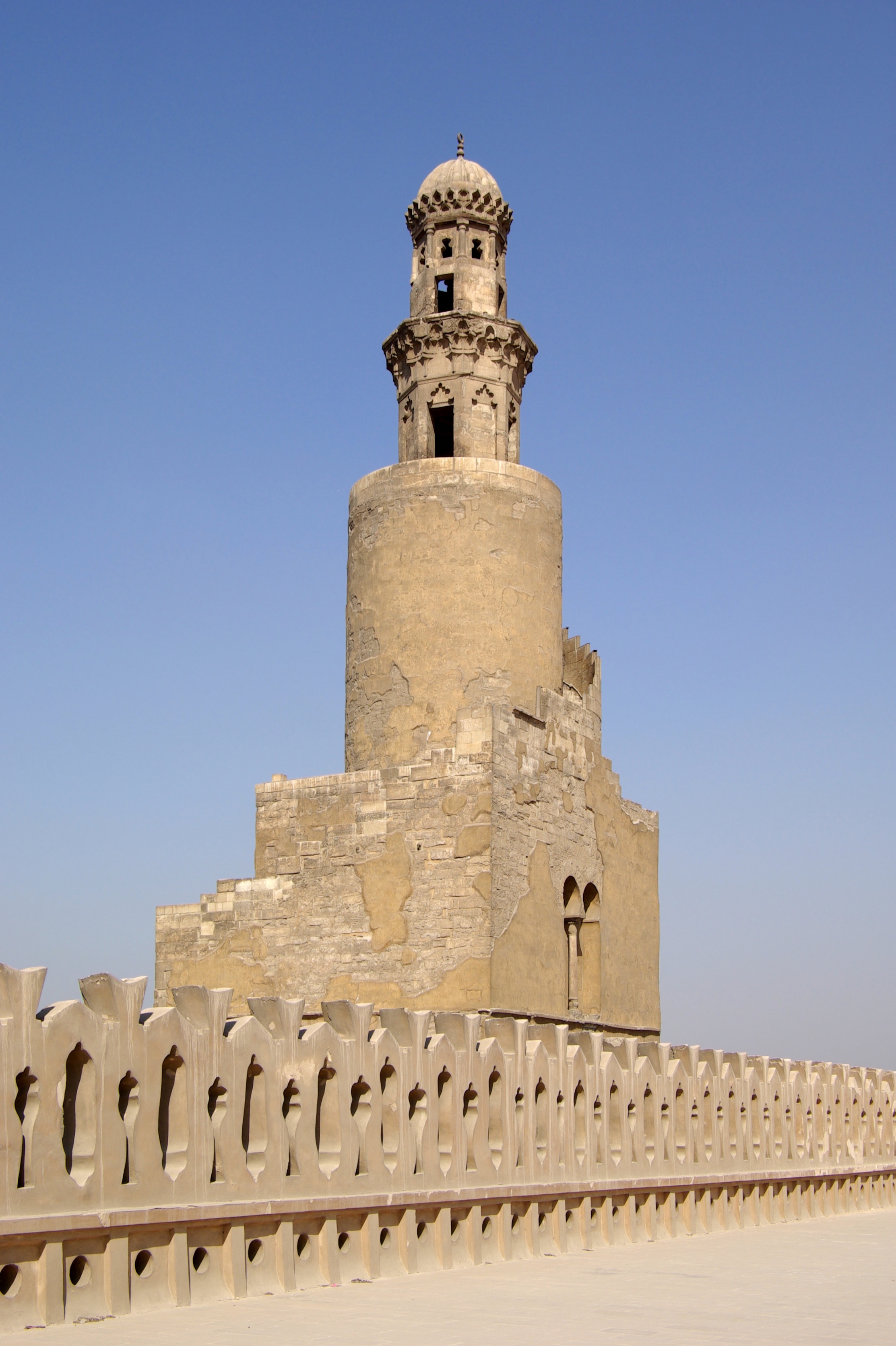|
Humayd Ibn Qahtaba
Humayd ibn Qahtaba ibn Shabib al-Ta'i () was a senior military leader in the early Abbasid Caliphate. Biography Humayd was the son of Qahtaba ibn Shabib al-Ta'i, who along with Abu Muslim led the Abbasid Revolution that toppled the Umayyad Caliphate. Along with his brother Hasan, Humayd was active in the Abbasid cause in Khurasan during the years before the Revolution, serving as a deputy '' naqib''.Crone (1980), p. 188 After the Revolution, Humayd attached himself to the governor of Syria, Abdallah ibn Ali, and even joined him when he rebelled against the Caliph al-Mansur (r. 754–775) in 754. He soon regretted his decision, however, and escaped Abdallah's camp before his final defeat.Kennedy (1986), p. 80 Nevertheless, he was soon entrusted with governorships by Mansur, first in the Jazira (754/55), where he faced a determined Kharijite rebellion, and then in Egypt (759/61). In 762/63 he served under Isa ibn Musa in the suppression of the rebellion of Muhammad al-Nafs al-Za ... [...More Info...] [...Related Items...] OR: [Wikipedia] [Google] [Baidu] |
Upper Mesopotamia
Upper Mesopotamia is the name used for the Upland and lowland, uplands and great outwash plain of northwestern Iraq, northeastern Syria and southeastern Turkey, in the northern Middle East. Since the early Muslim conquests of the mid-7th century, the region has been known by the traditional Arabic name of ''al-Jazira'' ( ar, الجزيرة "the island", also transliterated ''Djazirah'', ''Djezirah'', ''Jazirah'') and the Syriac language, Syriac variant ''Gāzartā'' or ''Gozarto'' (). The Euphrates and Tigris rivers transform Mesopotamia into almost an island, as they are joined together at the Shatt al-Arab in the Basra Governorate of Iraq, and their sources in eastern Turkey are in close proximity. The region extends south from the mountains of Anatolia, east from the hills on the left bank of the Euphrates river, west from the mountains on the right bank of the Tigris river and includes the Sinjar plain. It extends down the Tigris to Samarra and down the Euphrates to Hit, Iraq. ... [...More Info...] [...Related Items...] OR: [Wikipedia] [Google] [Baidu] |
Bilad Al-Sham
Bilad al-Sham ( ar, بِلَاد الشَّام, Bilād al-Shām), often referred to as Islamic Syria or simply Syria in English-language sources, was a province of the Rashidun, Umayyad, Abbasid, and Fatimid caliphates. It roughly corresponded with the Byzantine Diocese of the East, conquered by the Muslims in 634–647. Under the Umayyads (661–750) Bilad al-Sham was the metropolitan province of the Caliphate and different localities throughout the province served as the seats of the Umayyad caliphs and princes. Bilad al-Sham was first organized into the four '' ajnad'' (military districts; singular ''jund'') of Filastin (Palestine), al-Urdunn (Jordan), Dimashq (Damascus), and Hims (Homs), between 637 and 640 by Caliph Umar following the Muslim conquest. The ''jund'' of Qinnasrin was created out of the northern part of Hims by caliphs Mu'awiya I () or Yazid I (). The Jazira (Upper Mesopotamia) was made an independent province from the Mesopotamian part of Qinnasrin by ... [...More Info...] [...Related Items...] OR: [Wikipedia] [Google] [Baidu] |
8th-century Abbasid Governors Of Egypt
The 8th century is the period from 701 ( DCCI) through 800 ( DCCC) in accordance with the Julian Calendar. The coast of North Africa and the Iberian Peninsula quickly came under Islamic Arab domination. The westward expansion of the Umayyad Empire was famously halted at the siege of Constantinople by the Byzantine Empire and the Battle of Tours by the Franks. The tide of Arab conquest came to an end in the middle of the 8th century.Roberts, J., ''History of the World'', Penguin, 1994. In Europe, late in the century, the Vikings, seafaring peoples from Scandinavia, begin raiding the coasts of Europe and the Mediterranean, and go on to found several important kingdoms. In Asia, the Pala Empire is founded in Bengal. The Tang dynasty reaches its pinnacle under Chinese Emperor Xuanzong. The Nara period begins in Japan. Events * Estimated century in which the poem Beowulf is composed. * Classical Maya civilization begins to decline. * The Kombumerri burial grounds are founded. * ... [...More Info...] [...Related Items...] OR: [Wikipedia] [Google] [Baidu] |
776 Deaths
__NOTOC__ Year 776 ( DCCLXXVI) was a leap year starting on Monday (link will display the full calendar) of the Julian calendar. The denomination 776 for this year has been used since the early medieval period, when the Anno Domini calendar era became the prevalent method in Europe for naming years. Events By place Byzantine Empire * April 24 – Emperor Leo IV ("the Khazar") appoints his 5-year-old son Constantine VI co-ruler of the Byzantine Empire. This leads to an uprising, led by one of Leo's half-brothers, ''Caesar'' Nikephoros, the second son of former emperor Constantine V. The revolt is quickly suppressed. Fortunately for Nikephoros, his only punishment is to be stripped of his titles, while the rest of the conspirators are blinded, tonsured, and exiled to Cherson (Southern Crimea) under guard. Europe * King Charlemagne spends Easter in Treviso (Northern Italy), after putting down a rebellion in Friuli and Spoleto. He removes Hrodgaud of Friuli from pow ... [...More Info...] [...Related Items...] OR: [Wikipedia] [Google] [Baidu] |
8th-century Births
The 8th century is the period from 701 ( DCCI) through 800 ( DCCC) in accordance with the Julian Calendar. The coast of North Africa and the Iberian Peninsula quickly came under Islamic Arab domination. The westward expansion of the Umayyad Empire was famously halted at the siege of Constantinople by the Byzantine Empire and the Battle of Tours by the Franks. The tide of Arab conquest came to an end in the middle of the 8th century.Roberts, J., '' History of the World'', Penguin, 1994. In Europe, late in the century, the Vikings, seafaring peoples from Scandinavia, begin raiding the coasts of Europe and the Mediterranean, and go on to found several important kingdoms. In Asia, the Pala Empire is founded in Bengal. The Tang dynasty reaches its pinnacle under Chinese Emperor Xuanzong. The Nara period begins in Japan. Events * Estimated century in which the poem Beowulf is composed. * Classical Maya civilization begins to decline. * The Kombumerri burial grounds are founded. * ... [...More Info...] [...Related Items...] OR: [Wikipedia] [Google] [Baidu] |
List Of Governors Of Islamic Egypt
Governors of Arab Egypt (640–1250) and Mamluk Egypt (1250–1517). For other periods, see the list of rulers of Egypt. Rashidun Caliphate (640–658) Umayyad Caliphate (659–750) Dates taken from John Stewart's ''African States and Rulers'' (2005). Abbasid Caliphate (750–969) Governors during the first Abbasid period (750–868) Dates taken from John Stewart's ''African States and Rulers'' (2005). Autonomous emirs of the Tulunid dynasty (868–905) Dates taken from John Stewart's ''African States and Rulers'' (2005). Governors during the second Abbasid period (905–935) Dates taken from John Stewart's ''African States and Rulers'' (2005). Autonomous emirs of the Ikhshidid dynasty (935–969) Dates taken from John Stewart's ''African States and Rulers'' (2005). Fatimid Dynasty (969–1171) Dates for Caliphs taken from John Stewart's ''African States and Rulers'' (2005). Ayyubid Sultanate (1171–1252) Dates taken from John Stewart's ''African States an ... [...More Info...] [...Related Items...] OR: [Wikipedia] [Google] [Baidu] |
Al-Ma'mun
Abu al-Abbas Abdallah ibn Harun al-Rashid ( ar, أبو العباس عبد الله بن هارون الرشيد, Abū al-ʿAbbās ʿAbd Allāh ibn Hārūn ar-Rashīd; 14 September 786 – 9 August 833), better known by his regnal name Al-Ma'mun ( ar, المأمون, al-Maʾmūn), was the seventh Abbasid caliph, who reigned from 813 until his death in 833. He succeeded his half-brother al-Amin after a civil war, during which the cohesion of the Abbasid Caliphate was weakened by rebellions and the rise of local strongmen; much of his domestic reign was consumed in pacification campaigns. Well educated and with a considerable interest in scholarship, al-Ma'mun promoted the Translation Movement, the flowering of learning and the sciences in Baghdad, and the publishing of al-Khwarizmi's book now known as "Algebra". He is also known for supporting the doctrine of Mu'tazilism and for imprisoning Imam Ahmad ibn Hanbal, the rise of religious persecution ('' mihna''), and for the resum ... [...More Info...] [...Related Items...] OR: [Wikipedia] [Google] [Baidu] |
Fourth Fitna
The Fourth Fitna or Great Abbasid Civil War resulted from the conflict between the brothers al-Amin and al-Ma'mun over the succession to the throne of the Abbasid Caliphate. Their father, Caliph Harun al-Rashid, had named al-Amin as the first successor, but had also named al-Ma'mun as the second, with Khurasan granted to him as an appanage. Later a third son, al-Qasim, had been designated as third successor. After Harun died in 809, al-Amin succeeded him in Baghdad. Encouraged by the Baghdad court, al-Amin began trying to subvert the autonomous status of Khurasan, and al-Qasim was quickly sidelined. In response, al-Ma'mun sought the support of the provincial élites of Khurasan and made moves to assert his own autonomy. As the rift between the two brothers and their respective camps widened, al-Amin declared his own son Musa as his heir and assembled a large army. In 811, al-Amin's troops marched against Khurasan, but al-Ma'mun's general Tahir ibn Husayn defeated them in the Battle ... [...More Info...] [...Related Items...] OR: [Wikipedia] [Google] [Baidu] |
Muhammad Al-Nafs Al-Zakiyya
Muḥammad ibn ʿAbd Allāh ibn al- Ḥasan al-Muthannā ibn al- Ḥasan al-Mujtabā ibn ʿAlī ibn Abī Ṭālib or Muḥammad al-Nafs al-Zakīyya ( ar, محمد بن عبد الله بن الحسن بن الحسن بن علي الملقَّب النفس الزكية, lit=The Pure Soul), was a descendant of the Islamic prophet Muhammad, through his daughter Fatimah. Known for his commanding oratory skills, amiable demeanor, and impressive build, he led the Alid Revolt in Medina, a failed rebellion, against the second Abbasid caliph Al-Mansur. He and a few hundred soldiers faced against a large Abbasid force under Isa ibn Musa, and he was killed on December 6, 762 CE (145 AH). Life Initially, he hoped to rebel against Umayyad rule, when the children of Hashim paid their allegiance to him at Abwa. Among them were Ibrahim al-Imam, As-Saffah and Al-Mansur. But it soon became clear that Abbasid rule was established, so those who had paid allegiance to him deserted him, and ano ... [...More Info...] [...Related Items...] OR: [Wikipedia] [Google] [Baidu] |
Alid Revolt (762–763)
The Alids are those who claim descent from the '' rāshidūn'' caliph and Imam ʿAlī ibn Abī Ṭālib (656–661)—cousin, son-in-law, and companion of the Islamic prophet Muhammad—through all his wives. The main branches are the (including the Ḥasanids, Ḥusaynids, and Zaynabids) and the Alawids. History Primarily Sunnī Muslims in the Arab world reserve the term ''sharīf'' or ''sherīf'' for descendants of Ḥasan ibn ʿAlī, while the term ''sayyid'' is used for descendants of Ḥasan's brother Ḥusayn ibn ʿAlī. Both Ḥasan and Ḥusayn were grandchildren of Muhammad, through the marriage of his cousin ʿAlī ibn Abī Ṭālib and his daughter Fāṭimah. Ever since the post- Hashemite era began, the term ''sayyid'' has been used to denote descendants from both Ḥasan and Ḥusayn. Arab Shīʿa Muslims use the terms ''sayyid'' and ''habib'' to denote descendants from both Ḥasan and Ḥusayn; see . Lines There are several dynasties of Alid ori ... [...More Info...] [...Related Items...] OR: [Wikipedia] [Google] [Baidu] |
Isa Ibn Musa
ʿĪsā ibn Mūsā ibn Muḥammad ibn ʿAlī ibn ʿAbd Allāh ibn al-ʿAbbās () (–783/4) was a nephew of the first two Abbasid caliphs, as-Saffah () and al-Mansur (), and for a long time heir-apparent of the Caliphate, until he was superseded by al-Mansur's son al-Mahdi (). Life Isa ibn Musa was born in AH 103 (721/2 CE). In summer 750, immediately after the end of the Abbasid Revolution, Isa was appointed by his uncle as-Saffah as governor of Kufa, the first seat of the Abbasid government. He would retain the post for fifteen years—according to Hugh N. Kennedy, the second longest tenure in the Abbasid period after that of Dawud ibn Yazid al-Muhallabi in the early 9th century. In 754, -Saffah was nearing his death, and as his designated heir Abu Ja'far (al-Mansur) was on pilgrimage in Mecca at the time, the Caliph appointed Isa, then about 34 years old, as the second heir, in the event anything should happen to al-Mansur. This move was necessary to prevent Abu Muslim, the ... [...More Info...] [...Related Items...] OR: [Wikipedia] [Google] [Baidu] |
Egypt In The Middle Ages
Following the Islamic conquest in 639, Lower Egypt was ruled at first by governors acting in the name of the Rashidun Caliphs and then the Umayyad Caliphs in Damascus, but in 747 the Umayyads were overthrown. Throughout Islamic rule, Askar was named the capital and housed the ruling administration. The conquest led to two separate provinces all under one ruler: Upper and Lower Egypt. These two very distinct regions were governed by the military and followed the demands handed down by the governor of Egypt and imposed by the heads of their communities. Egypt was ruled by many dynasties from the start of Islamic control in 639 until the early 16th century. The Umayyad period lasted from 658 to 750. The Abbasid period which came after was much more focused on taxes and centralizing power. In 868, the Tulunids, ruled by Ahmad ibn Tulun, expanded Egypt's territory into the Levant. He would rule until his death in 884. After years of turmoil under Ahmad ibn Tulun's successor, ma ... [...More Info...] [...Related Items...] OR: [Wikipedia] [Google] [Baidu] |








